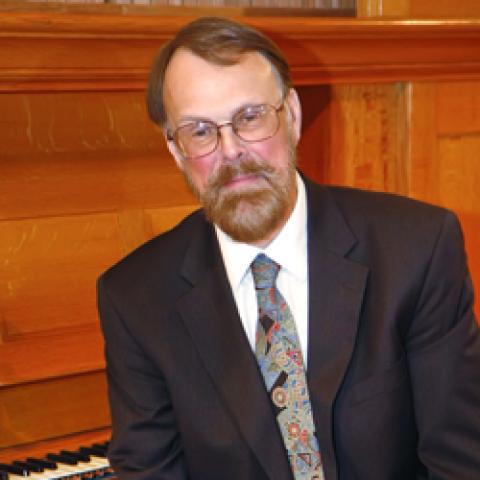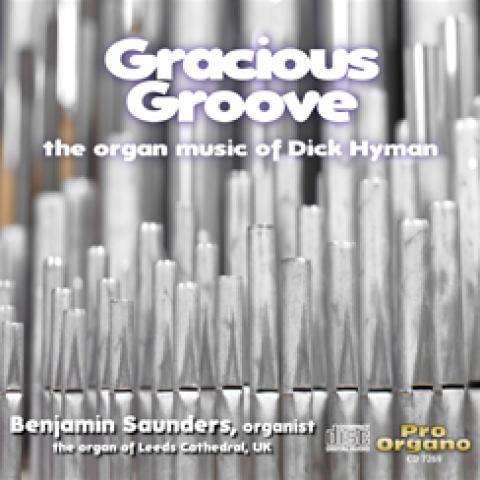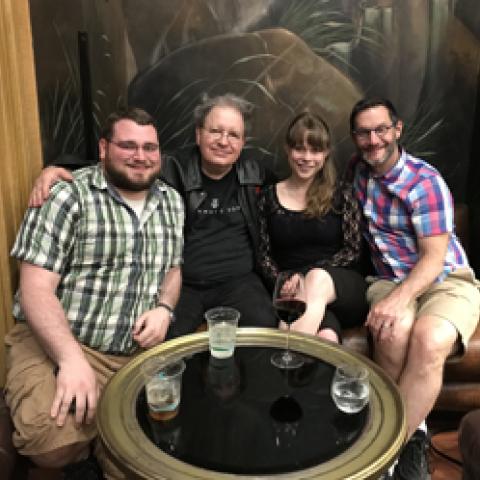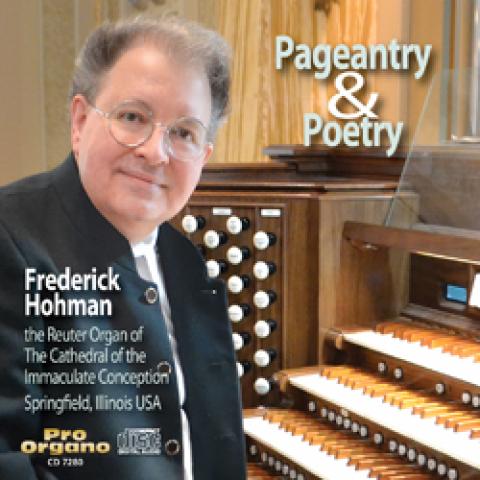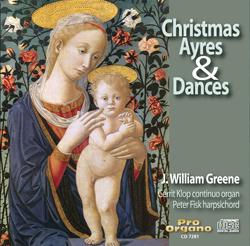
Pro Organo announces new a CD release: Christmas Ayres & Dances (7281, $14.98), featuring the music of J. William Greene.
Greene performs his own compositions, spanning three volumes of his works with the same title as the CD and published by Concordia Publishing House, newly composed works based on traditional Baroque dance and other musical forms.
The instruments used are a one-manual Klop organ and a Peter Fisk harpsichord.
For information: www.proorgano.com.


